This 11,000-year-old temple could rewrite the entire history of the Stone Age
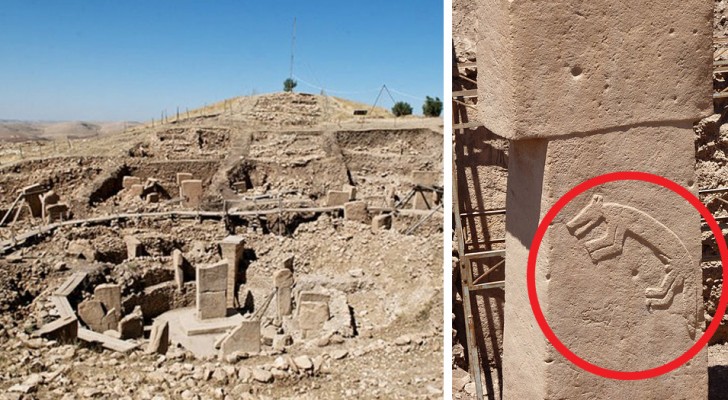
Advertisement
It is the oldest example of a stone temple ever found, in fact, it can be dated back to 9600 BC.
Its discovery has literally upset everything that historians had thought to be certain regarding the origins of human civilization.
We are referring to the famous temple of Gobekli Tepe located in what is today, Turkey.
Here in this article, you will discover why this archaeological site is of such fundamental importance and the characteristics that distinguish it from all the others.
Gobekli Tepe is located at about 11 miles (18 km) northeast of the city of Şanlıurfa (Turkey), near the border with Syria.
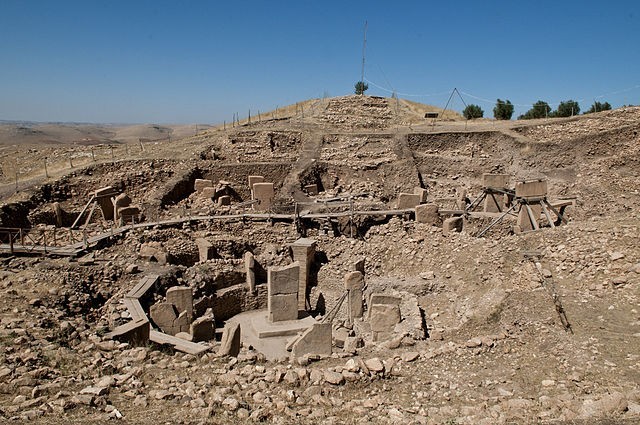
Advertisement
Tepe Gobekli looks like a reconstruction of Stonehenge, but it was built first in time and with perfectly cut stone blocks.
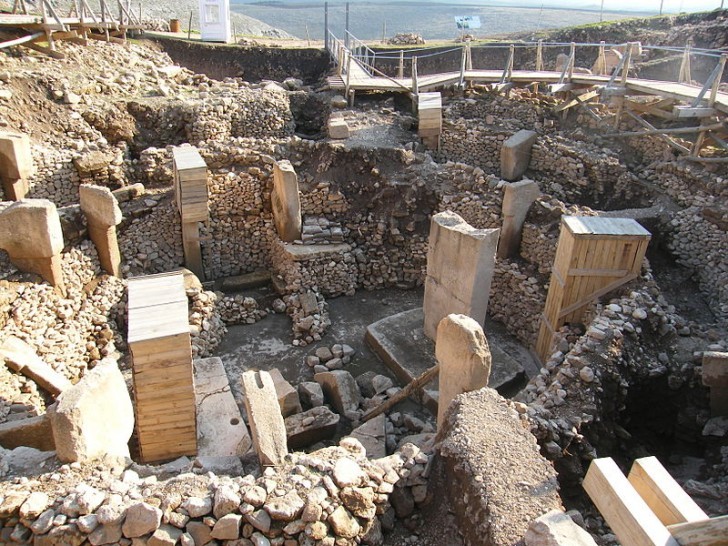
Around the 8000 BC, Tepe Gobekli was deliberately abandoned and buried, although the reason has not yet been clarified.
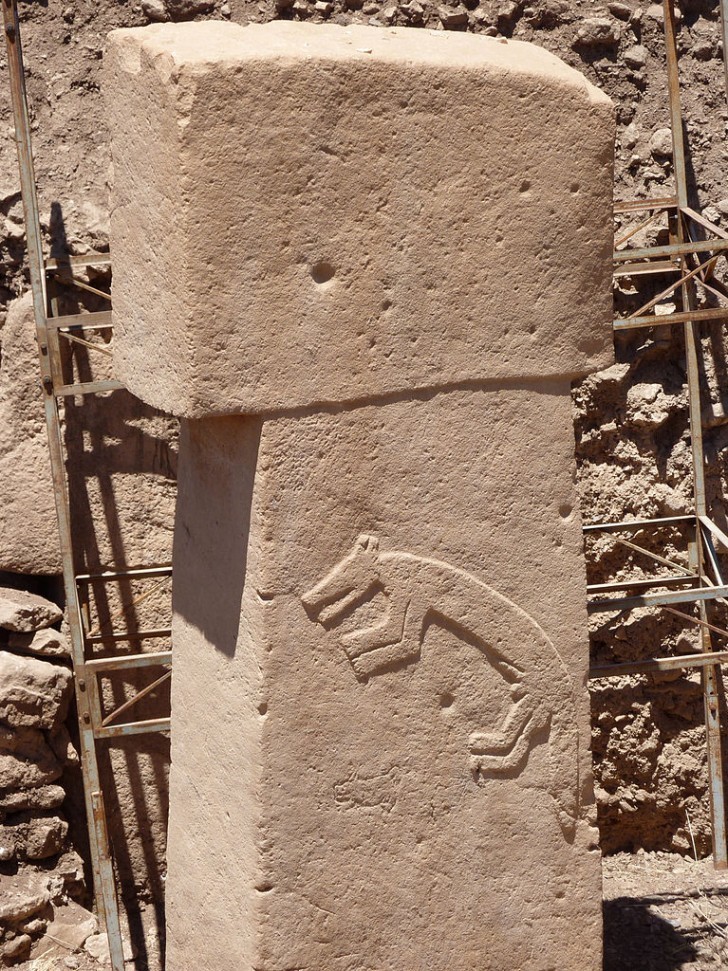
Building Gobekli Tepe was not easy and its construction had involved hundreds of men for several centuries.
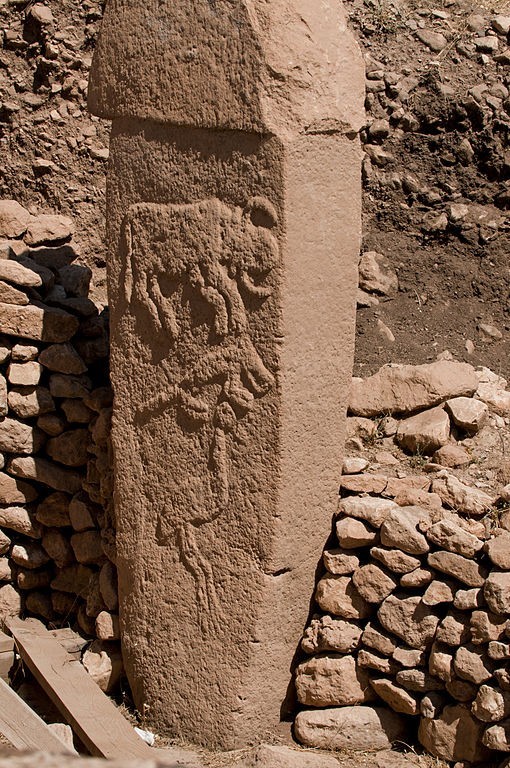
Those entrusted to embellish the pillars with sculpted bas-reliefs of gazelles, snakes, foxes, scorpions and wild boars.
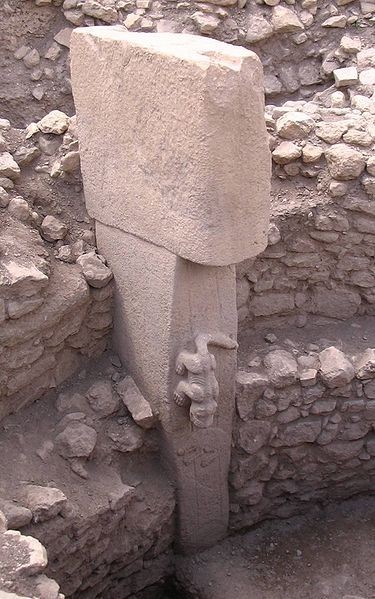
Advertisement
The archaeological site is located on an artificial hill, about 49 feet high (15 meters) with a diameter of about 984 feet (300 meters).
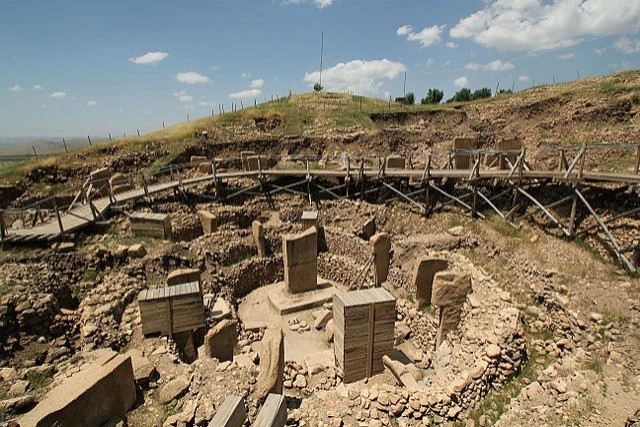
Its discovery dates back to 1963 when a Turkish-US research group noticed several piles of rock and soil consisting of fragments of flint
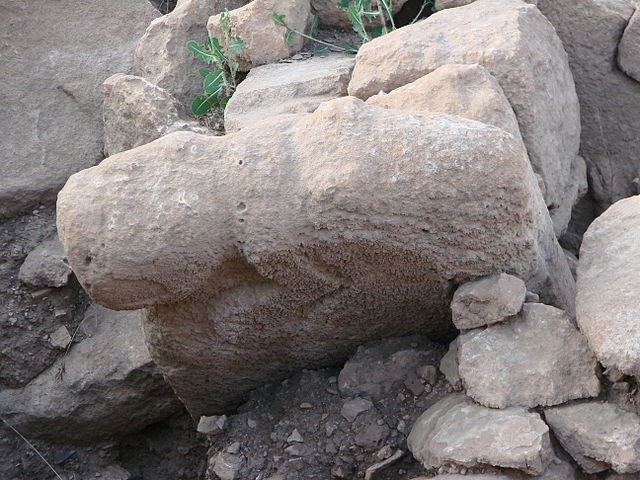
Advertisement
... suspicious they began to investigate, looking for signs of human activity during the Stone Age.
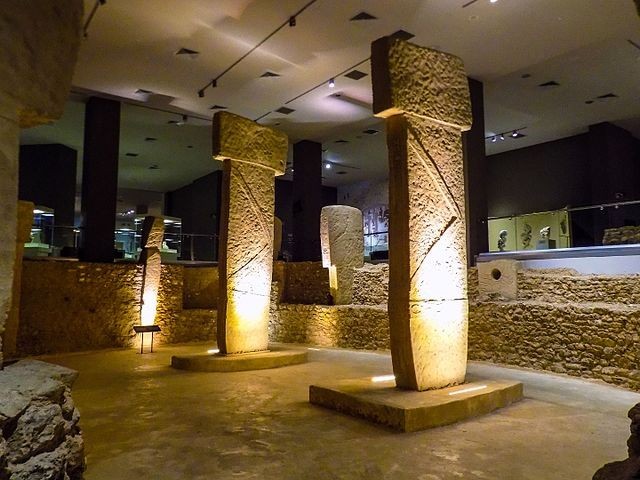
To date, four circular areas formed by pillars weighing several tons have been found.
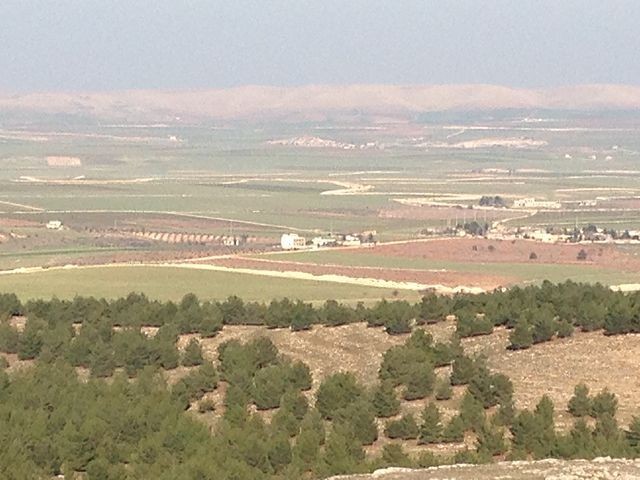
Advertisement
The stones in the circle seem to symbolize assemblies of men, according to experts.
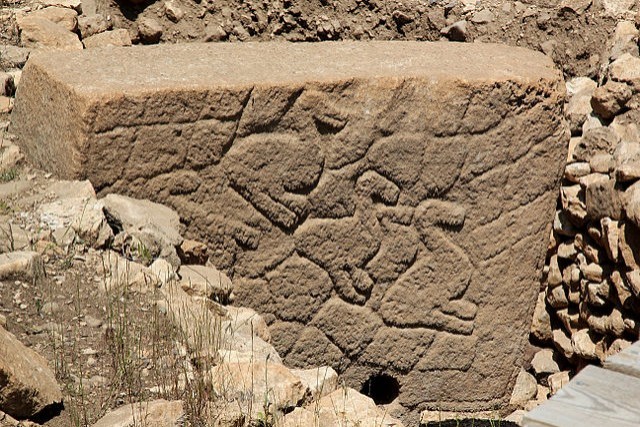
But much more still remains to be brought to light, since less than one-tenth of the site has been uncovered!
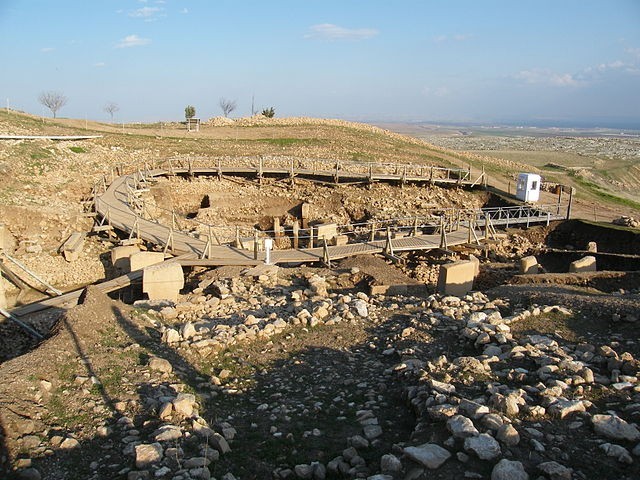
Advertisement
Geomagnetic surveys have indicated the presence of another 250 stones still buried in the ground.
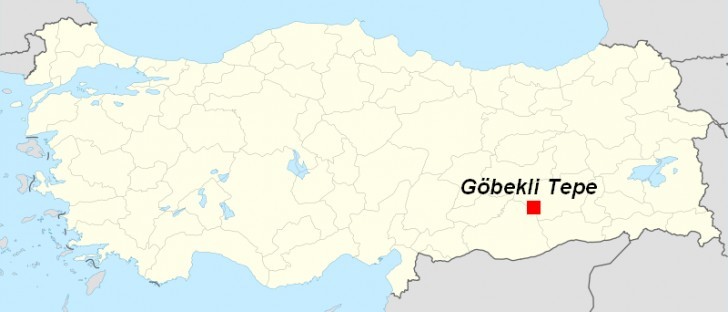
Probably it was the Stone Age hunter-gatherers who built Gobekli Tepe.

Advertisement
... this would prove that life in this region of Turkey was more progressive than what experts had imagined, which would require a reexamination of the entire Stone Age! they are, re-reading the whole Stone Age!

Advertisement





